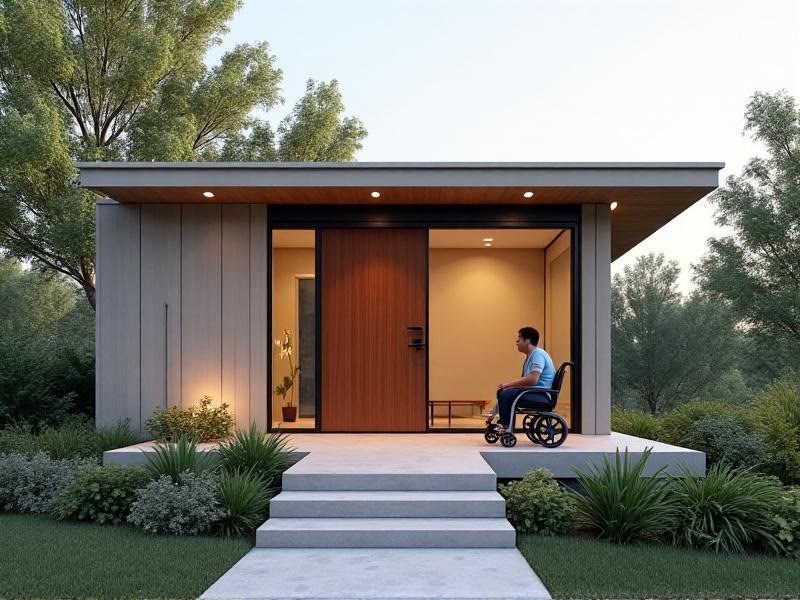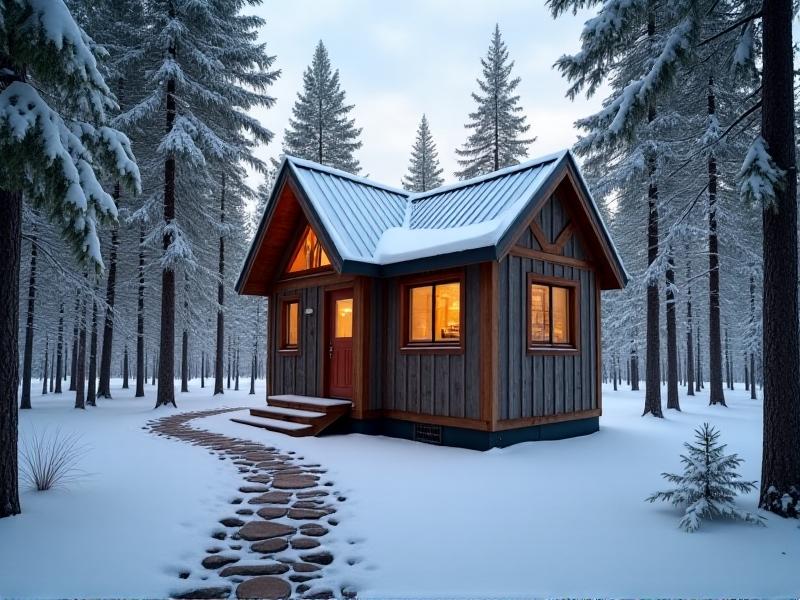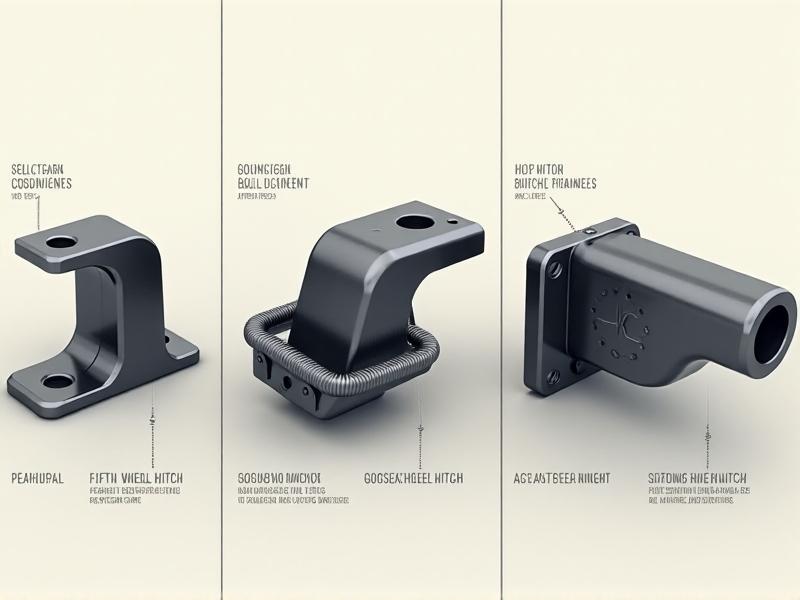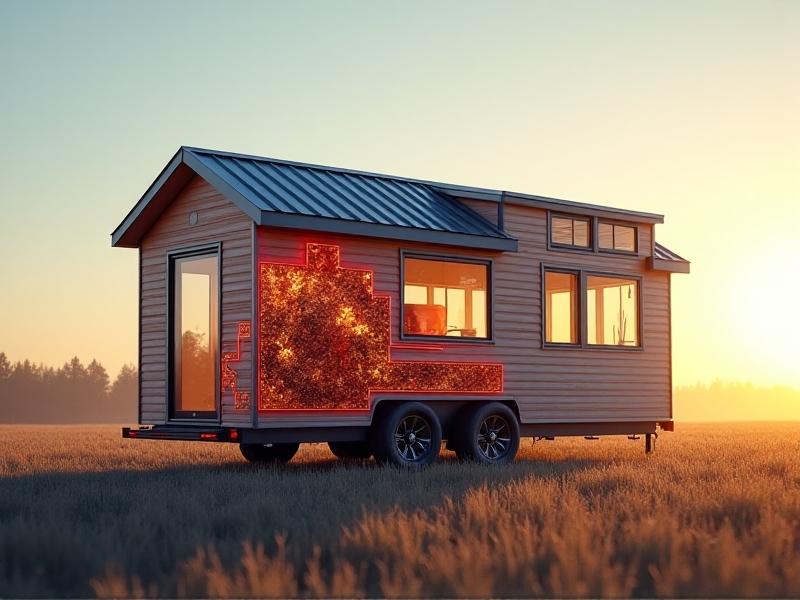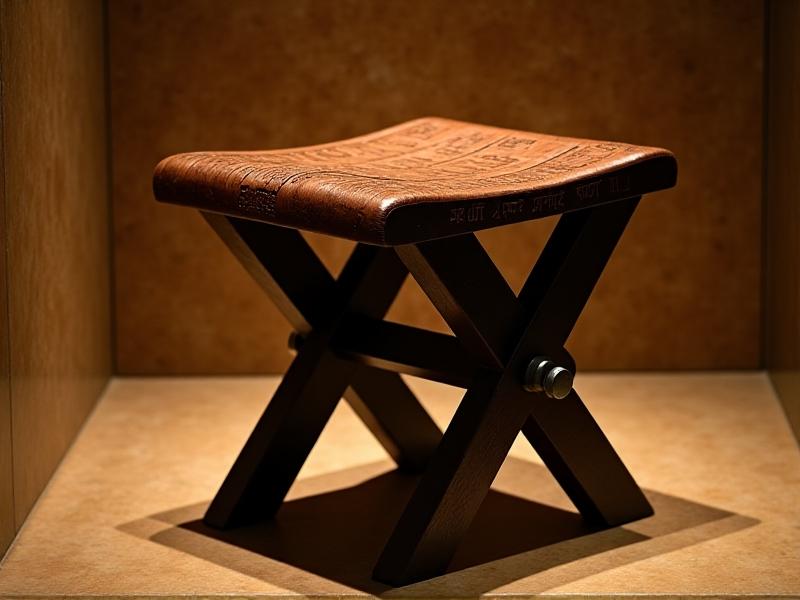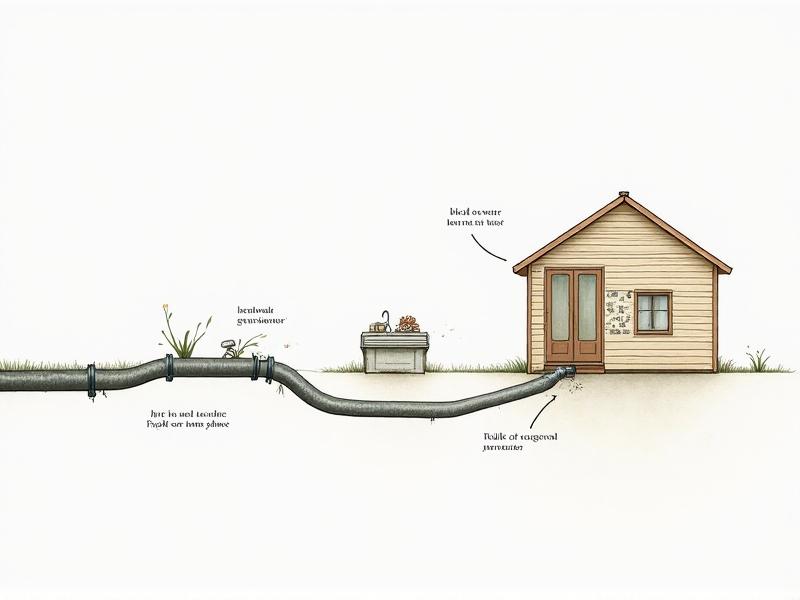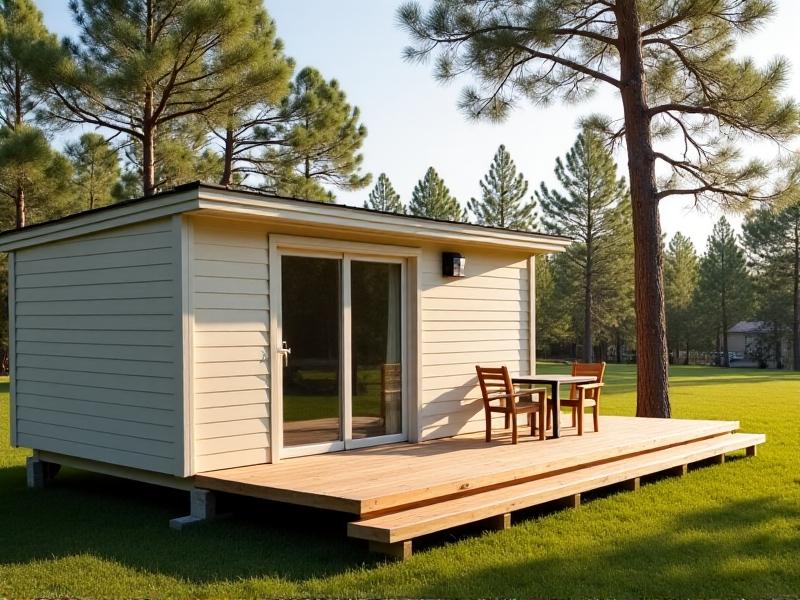Disaster Preparedness for Compact Homes
Understanding Compact Home Vulnerabilities
Compact homes, while efficient for modern living, present unique challenges during disasters. Limited square footage often means fewer escape routes, cramped storage for emergency supplies, and increased risk of hazards like fire spreading quickly. Multi-level tiny homes or studio apartments may lack secondary exits, making evacuation harder. Structural weaknesses in loft beds or foldable furniture could collapse during earthquakes. Additionally, reliance on shared utilities in urban micro-apartments—such as centralized gas lines or electrical systems—can amplify risks during power outages or gas leaks. Recognizing these vulnerabilities is the first step toward creating a disaster-ready small space.
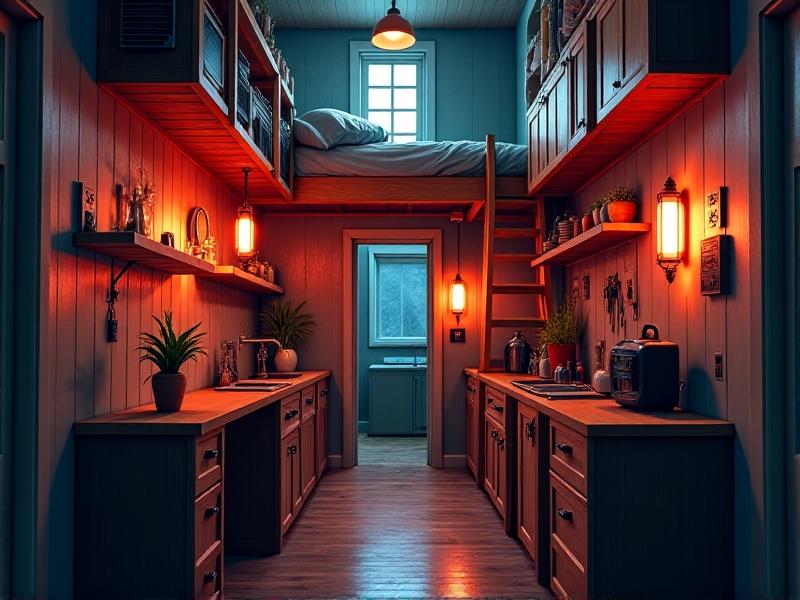
Space-Efficient Emergency Kits
Traditional emergency kits consume valuable space, but compact living demands ingenuity. Start by prioritizing essentials: water purification tablets instead of bulky water jugs, calorie-dense energy bars, and a collapsible silicone water container. Use vertical storage—hang a first-aid kit inside a closet door or stash fire extinguishers under stairs. Multi-tool devices combining flashlights, radios, and phone chargers reduce clutter. For medical supplies, vacuum-seal bandages and medications in flat pouches stored beneath furniture. Customize kits based on local risks: earthquake-prone areas might prioritize wrench sets for gas shutoffs, while hurricane zones require lightweight waterproof tarps.

Securing Utilities in Limited Spaces
In tight quarters, utility failures can escalate rapidly. Anchor water heaters to walls using earthquake straps, and install automatic gas shutoff valves that trigger during leaks. Replace tangled extension cords with wall-mounted surge protectors, and label circuit breakers clearly for quick access. For off-grid homes, solar-powered battery banks tucked into window sills offer backup energy without sacrificing floor space. Consider smart leak detectors that sync to your phone—these thumb-sized devices fit behind toilets or under sinks. In cold climates, insulate pipes running through unheated crawl spaces to prevent freezing, using flexible foam tubing that bends around tight corners.
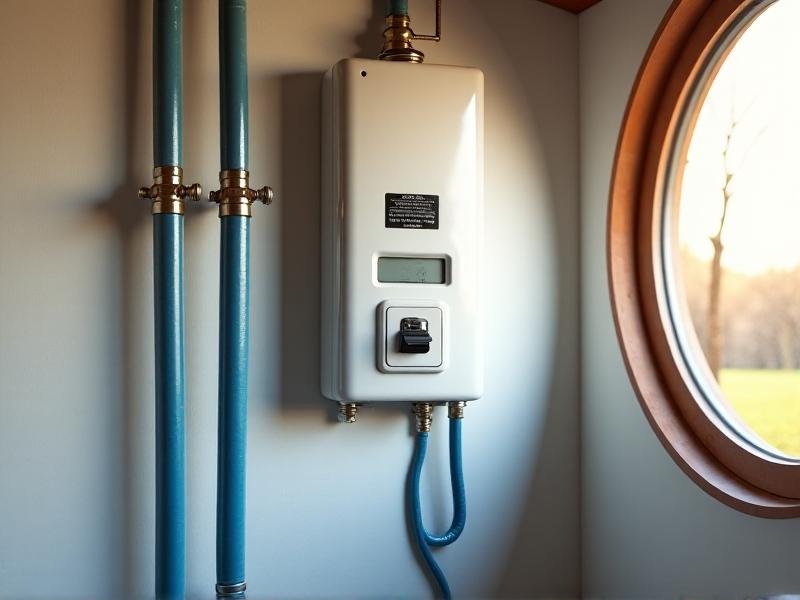
Evacuation Strategies for Micro Living
Evacuating a 400-square-foot home requires precision. Map two exit routes, ensuring windows aren’t blocked by furniture or décor. Practice “crawl-out” drills to navigate smoky rooms, and keep folding ladders near skylights or high windows. Store shoes and go-bags in a designated “launch zone” by the primary exit. For pet owners, wall-mounted leashes and collapsible carriers save time. In apartment complexes, coordinate with neighbors to avoid staircase bottlenecks. Use augmented reality apps to visualize escape paths overlayed on your phone’s camera—these tools help identify obstacles invisible during panic.
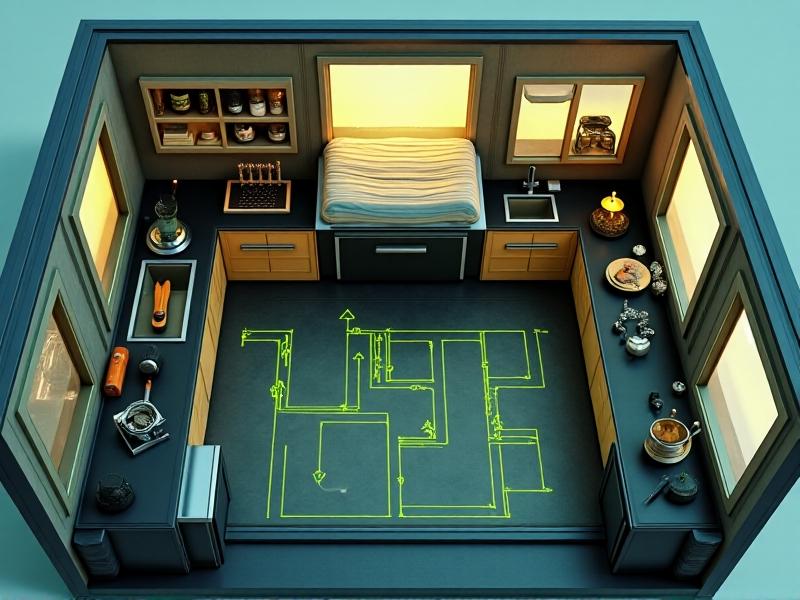
Community Networks for Small-Space Resilience
Disaster preparedness thrives on collaboration. Join local “micro home” groups to share resources like communal storage lockers for bulk water or generators. Organize skill-swaps—teach a neighbor CPR in exchange for their DIY plumbing expertise. Apps like Nextdoor or Signal create hyperlocal alert systems tailored to compact living challenges, such as coordinating elevator use during high-rise fires. Partner with nearby businesses: cafes might offer refrigerator space for insulin storage during power outages, while bike shops could lend cargo trailers for transporting supplies when roads are impassable.
Mental Preparedness in Confined Environments
Surviving disasters in small spaces tests psychological resilience. Claustrophobia intensifies when storms trap residents indoors for days. Counter this by designating “calm zones”—a window nook with noise-cancelling headphones and stress-relief kits containing lavender sachets or meditation cards. Practice micro-exercises to manage anxiety, like wall push-ups or 5-minute yoga flows. Familiarity breeds calm: regularly rearrange furniture to simulate navigating your home in darkness. Post-disaster routines matter too—a compact journaling kit helps process trauma without needing dedicated desk space.
